PAT is undoubtedly a complex section of the DAT. Therefore, it is even more challenging that the dental college authorities consider the PAT score to choose eligible students for admission.
However, you can smash the PAT easily with enough practice and suitable materials.
This article will talk about the hole punching section of the PAT and how to understand the questions and solve them.

Let's take a quick tour of the DAT syllabus. The DAT is divided into four sections-
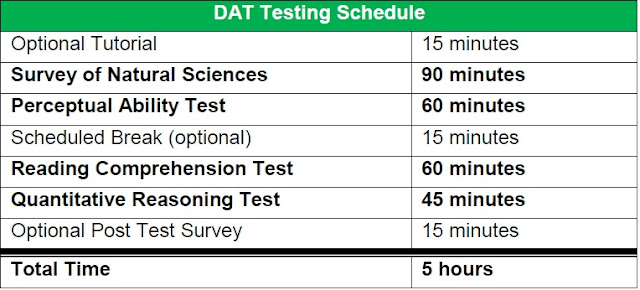
In the PAT or the Perceptual Ability Test section, you have to answer 90 questions in 60 minutes. The PAT section is divided into six subsections, each having 15 questions.
Every subset of the PAT has a specific objective. So let’s take a look at every PAT section and understand their intent.
This subset contains a 3D object made up of an outline of five opening apertures. The goal of this subset is to locate the only aperture through which the 3D item can pass. In addition, there will be a clear view of the subject and a scale drawing of the aperture.
You will see photos of solid objects. All those will be seen from the top, front, and back. The images will provide two views of the object, with four options as answers. Your task is to finish the missing view.
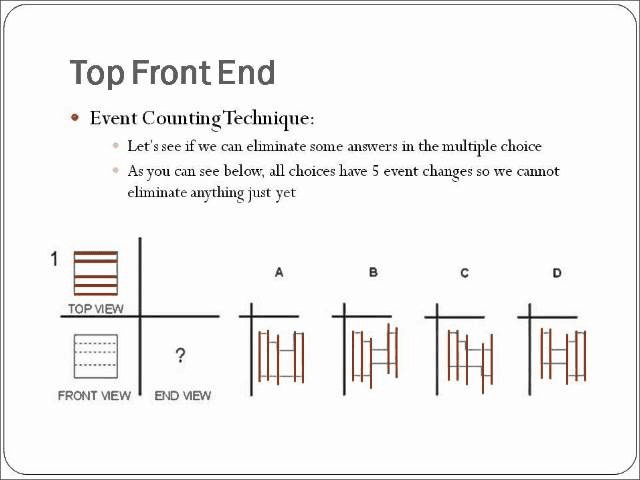
You will see pictures of four angles. Your job is to organize them in ascending orders.
You will see a flat square-shaped paper. The paper will be folded several times, and a hole or two will be punched into the form.
You have to unfold the paper to its original square-shaped version mentally. Then you have to identify the hole's location created by the punch.
You will see visible lines and dashed lines in every hole punching question. The solid lines indicate the paper's fold location. The dashed lines represent the paper's original location before folding.
In the subtest, you will see multiple figures. Your task is to identify the painted parts of those figures.
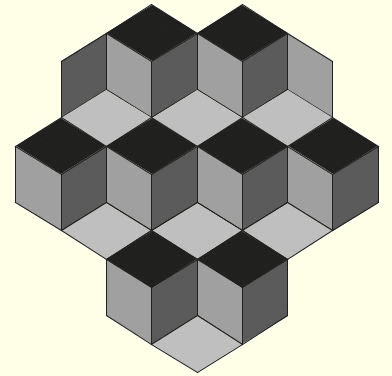
You will see images of flat patterns. Then, based on those images, you have to identify the actual figures of those patterns.
Let's discuss what this section contains to understand it better and take the appropriate approach.
As we have mentioned earlier, you will be given a square-shaped piece of paper. The size of the paper is 4×4. In the paper, a grid system is used to show the placement of the hole punches.
This grid system makes things a little easier. Because irrespective of how the paper was initially folded and punched, you have only 16 potential punch locations when you unfold the paper.
Another reason why the grid system makes it easier to identify the hole punches in the paper is that it keeps the hole punches limited to 1×1 boxes.
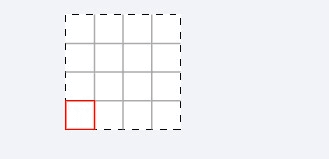
Types Of Possible Foldings
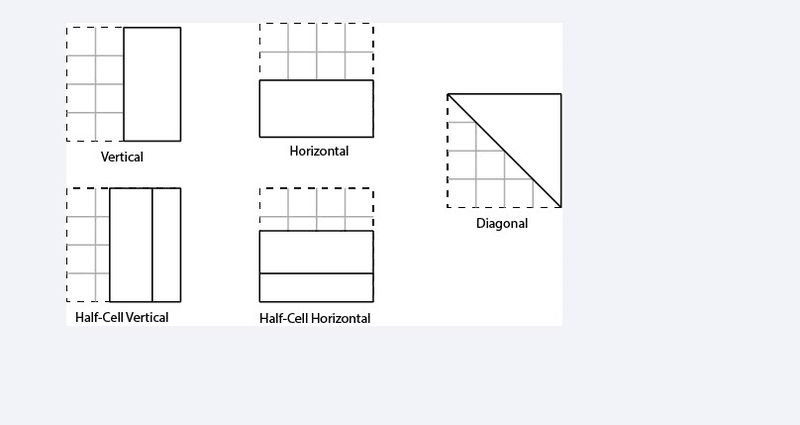
Sweeping folds are dangerous. In some cases, a side of the paper is folded to overlay the grid in a place where there was no previously existing paper.
Simply put, there was no layer of paper beneath the folded portion. Therefore, while unfolding, hole punches made in this area will move.
The folds are usually limited to the last fold, but it is not uncommon to appear earlier.
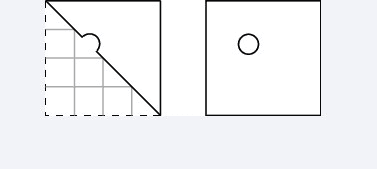
In case of half-hole punches, they will become full-hole punches when you unfold them. Hence, it would help if you marked them on the grid as it would appear done.
You can apply these tricks for hole punching problems-



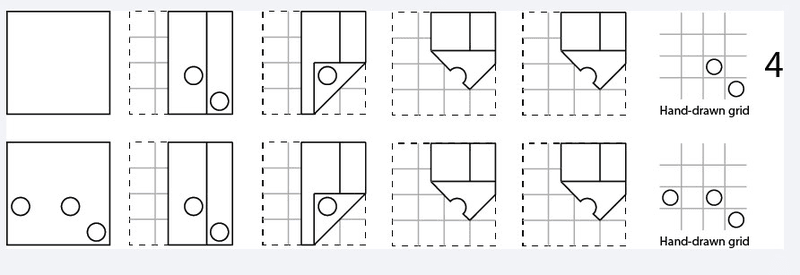
You can ace the DAT by applying these tricks. They work for almost all the problems.
In each MCQ, you will find one or two options that are totally not the answer. Eliminate those at first glance. It creates less confusion and less chance of making mistakes. However, to apply this trick, you need a lot of practice.
You have to make sure that you don't spend a lot of time behind every question. Every question must be answered. If you are not sure about any questions, just tick any options. Just don't waste time.
Everything ultimately comes down to this one trick- practice, practice, and practice. The more you practice, the more you can solve the questions quickly.
We have covered the basics of DAT's hole punching. Hope this helps you to understand the hole punching or a folding paper section.
However, we have only presented one technique to solve this subset. There are a lot of other methods, examples, and solutions available on DATPrep.
For practicing DAT, you can pick online tools like DATPrep. They have a bunch of resources for you to practice. You can even study on the go with their app. Besides, you can watch videos and better understand any topic.

So, what are you waiting for? Sign up to DATPrep and score 30 out of 30 on your DAT!